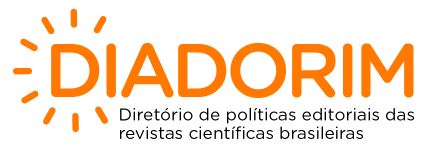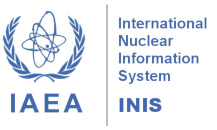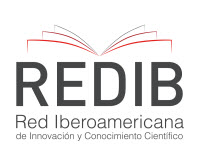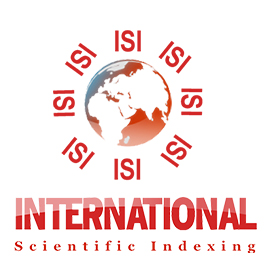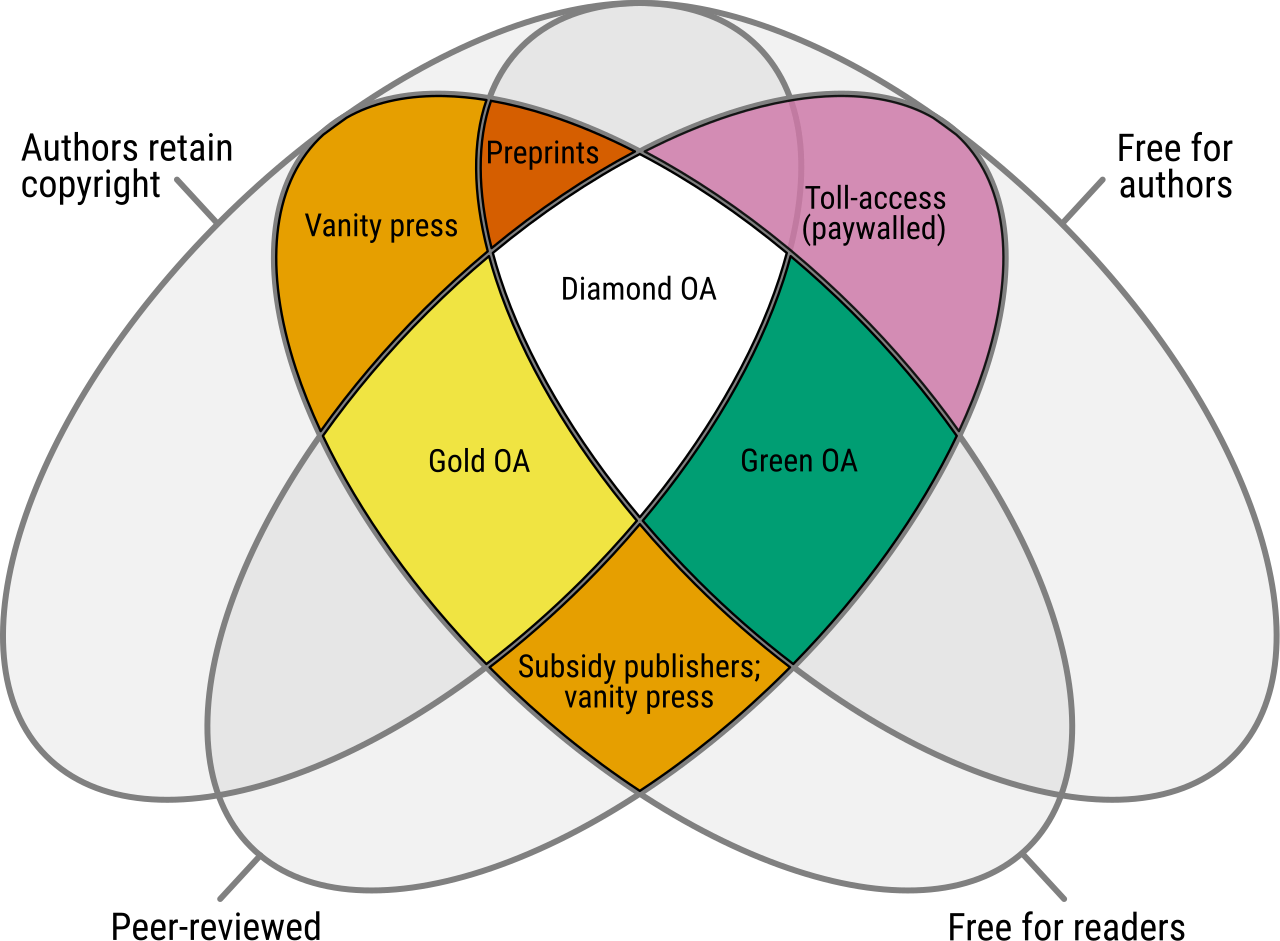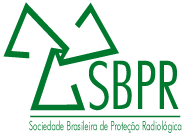Radionuclides Leaching Assessment and External Exposure on Building Materials Containing NORM Residue
DOI:
https://doi.org/10.15392/2319-0612.2025.2942Keywords:
Radionuclide leaching, construction materials, sustainability, circular economy, Safe reuse of NORM residueAbstract
Brazil’s titanium dioxide production generates approximately 30,000 tons of waste annually, known as unreacted ore waste (UOW), which is currently disposed of in industrial landfills. This residue is enriched with naturally occurring radionuclides from the uranium and thorium decay series and is classified as Naturally Occurring Radioactive Material (NORM). The reuse of NORM residues in building materials is only permissible if the activity concentrations of radionuclides in the final product do not pose any additional exposure risk to individuals. Radiation exposure from such materials may be classified as external—due to direct gamma irradiation—or internal—resulting from inhalation of radon (222Rn) and its short-lived decay products. In a previous study, the authors assessed both internal and external indoor exposure associated with incorporating up to 23% of UOW into cement and interlocking blocks. This study evaluates the feasibility of using these materials in outdoor applications, with particular emphasis on radionuclide leaching potential and external radiological exposure. Cement and interlocking blocks containing varying proportions of unreacted ore waste (0%, 3.5%, and 23%) were subjected to weathering for 60 days. The activity concentrations of 238U, 226Ra, 210Pb, 232Th, 228Ra, and 40K in the leachate were measured using gamma spectrometry and spectrophotometry. No significant increase in radionuclide concentrations were observed in the leachate from blocks containing 3.5% and 23% UOW compared to those without any residue. Gamma radiation exposure remained consistently below 0.1 mSv, and no notable changes were detected in radon concentrations in the vicinity of the experiment. The results indicate that incorporating up to 23% UOW in cement and interlocking blocks is safe and compliant with regulatory limits related to groundwater contamination and human exposure when using these materials in an open air environment.
Downloads
References
[1] IAEA, 2013. Management of NORM Residues (IAEA-TECDOC-1712). Vienna: International Atomic Energy Agency.
[2] Van der Sloot, H. A., Kosson, D. S., Impens, N., Vanhoudt, N., Almahayni, T.,Vandenhove, H., Sweeck, L., Wiegers, R., Provis, J. L., Gascó, C., & Schroeyers, W. (2017). Leaching assessment as a component of environmental safety and durability analyses for NORM-containing building materials. Naturally Occurring Radioactive Materials in Construction, 253–288. https://doi.org/10.1016/B978-0-08-102009-8.00008-6 DOI: https://doi.org/10.1016/B978-0-08-102009-8.00008-6
[3] M.J. Gázquez, J. Mantero, J.P. Bolívar, R. García-Tenorio, F. Vaca, R.L. Lozano (2011). Physico-chemical and radioactive characterization of TiO2 undissolved mud for its valorization. Journal of Hazardous Materials, Volume 191, 269-276. https://doi.org/10.1016/j.jhazmat.2011.04.075 DOI: https://doi.org/10.1016/j.jhazmat.2011.04.075
[4] Contreras, M., Gázquez, M. J., García-Díaz, I., Alguacil, F. J., López, F. A., & Bolívar, J. P. (2013). Valorisation of waste ilmenite mud in the manufacture of sulphur polymer cement. Journal of Environmental Management, 128, 625–630. https://doi.org/10.1016/j.jenvman.2013.06.015 DOI: https://doi.org/10.1016/j.jenvman.2013.06.015
[5] Contreras, M., Martín, M. I., Gázquez, M. J., Romero, M., & Bolívar, J. P. (2014). Valorisation of ilmenite mud waste in the manufacture of commercial ceramic. Construction and Building Materials, 72, 31–40. https://doi.org/10.1016/j.conbuildmat.2014.08.091 DOI: https://doi.org/10.1016/j.conbuildmat.2014.08.091
[6] Mazzilli, B. P., Campos, M. P., Oxossi, M., & Cajazeira, L. (2022). Revalorisation of residues in the scope of the circular economy: Case study from the titanium dioxide industry. 10th International Symposium on Naturally Occurring Radioactive Material – NORM X, Utrecht, Netherlands, 9–13 May 2022. https://nucleus.iaea.org/sites/orpnet/resources/SitePages/NORMX.aspx
[7] CNEN, 2016. Comissão Nacional de Energia Nuclear. CNEN NN 4.01: Requisitos de Segurança e Proteção Radiológica para Instalações Minero-Industriais. 2016. Disponível em: https://www.gov.br/cnen/pt-br/acesso-rapido/normas/grupo-4/grupo4-nrm401.pdf.
[8] CNEN, 2014. Uso do fosfogesso na agricultura e na indústria cimenteira. Resolução CNEN 179/14 Publicação: DOU 10.12.2014.
[9] Ribeiro, D. V., Amorim Júnior, N. S., Andrade Neto, J. S., Albuquerque, D. D. M., & Mazzilli, B. P. (2021). Performance and radiological implications of using residue from TiO₂ production as a component of coating mortars. Construction and Building Materials, 306, 124885. https://doi.org/10.1016/j.conbuildmat.2021.124885 DOI: https://doi.org/10.1016/j.conbuildmat.2021.124885
[10] Mazzilli, B. P., Muta, F. Y., Couto, L. V. S., Costa, A.L.S., Oliveira, V.P., Cabral, A.L.B.. A Radiological Evaluation of Using NORM Residue in Building Materials. Brazilian Journal of Radiation Sciences, V(I), 01-10, e2222, 2025. doi.org/10.15392/2319-0612.2025.2222 DOI: https://doi.org/10.15392/2319-0612.2025.2880
[11] UNSCEAR. 2000. Sources and Effects of Ionizing Radiation. United Nations Scientific Committee on the Effects of Atomic Radiation (UNSCEAR), New York, v. 1, Annex B. https://www.unscear.org/docs/publications/2000/UNSCEAR_2000_Annex-B.pdf
Downloads
Published
Issue
Section
License
Copyright (c) 2025 Barbara Paci Mazzilli, Fenanda Yuri Muta, Lara Vitória Santos Couto, Antonio Luis Silva Costa, Vilmar Pedreira Oliveira, André Luis Batista Cabral

This work is licensed under a Creative Commons Attribution 4.0 International License.
Licensing: The BJRS articles are licensed under a Creative Commons Attribution 4.0 International License, which permits use, sharing, adaptation, distribution and reproduction in any medium or format, as long as you give appropriate credit to the original author(s) and the source, provide a link to the Creative Commons license, and indicate if changes were made. The images or other third party material in this article are included in the article’s Creative Commons license, unless indicated otherwise in a credit line to the material. If material is not included in the article’s Creative Commons license and your intended use is not permitted by statutory regulation or exceeds the permitted use, you will need to obtain permission directly from the copyright holder. To view a copy of this license, visit http://creativecommons.org/licenses/by/4.0/




